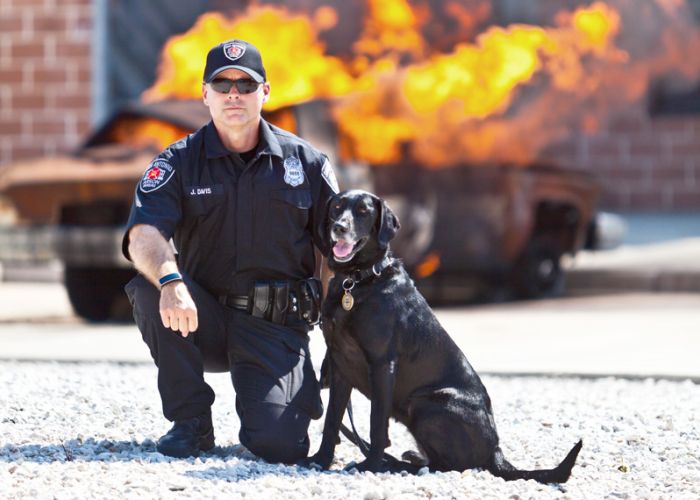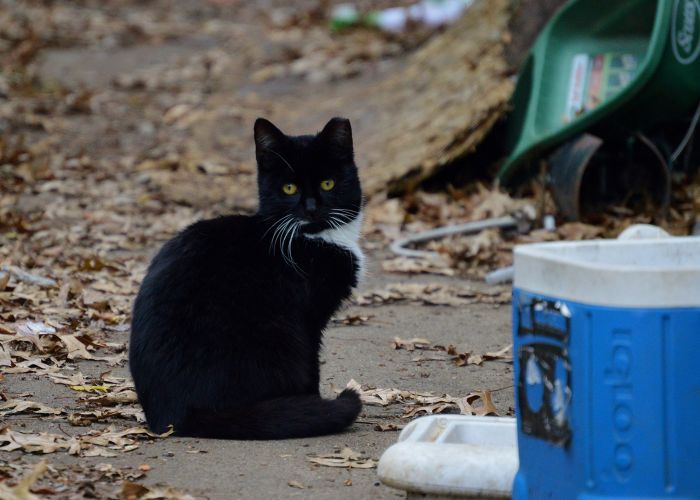Count us in!
Shelters and rescues make the (sometimes scary) shift to statistical transparency
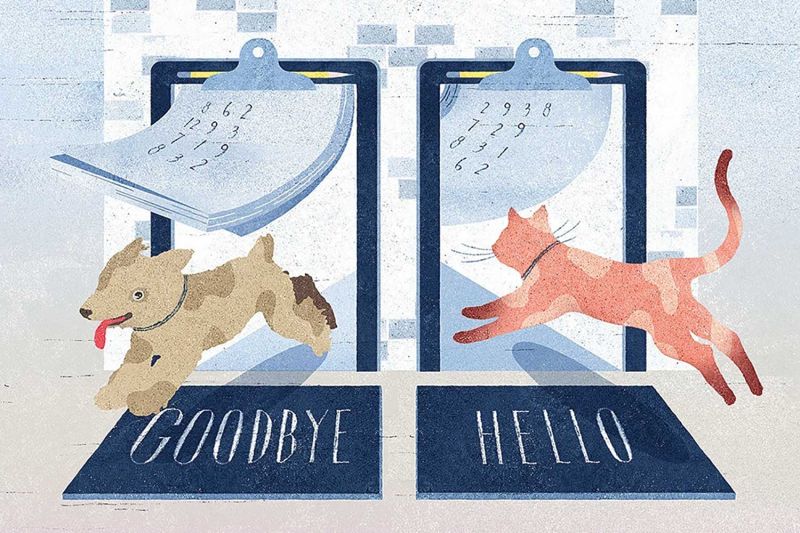
The shelter director awakens with a sharp intake of breath, looking around frantically. She had the dream again—the nightmare. The one where the reporter called and asked for the shelter’s numbers—how many animals were taken in, how many were healthy, how many were adopted, how many were euthanized?
The idea of being transparent and open about statistics has long sent a chill down many a shelter director’s spine. They know the numbers alone don’t tell the whole story, and fear that sharing them openly could allow an overzealous reporter or city official to use the figures to make their organization look bad.
It’s a common dilemma, according to Inga Fricke, director of shelter and rescue group services at The HSUS. When shelters feel attacked, “They tend to circle the wagons,” says Fricke, “and one of the ways they do that is to shut down the flow of information.”
But rarely does that solve the problem. In fact, it sometimes adds fuel to the fire, Fricke cautions. “The problem is that when you’re not sharing your story, people will not stop talking about you. They’ll make it up.”
Clamming up won’t stop a negative story from gaining legs. Transparency might. And only through widely practiced statistical transparency will animal advocates develop a true picture of what the remaining problems are—both locally and nationally—and how to solve them.
Instead of being closemouthed, says Fricke, organizations should take a tip from Eleanor Roosevelt and do the thing you think you cannot do—release their data. It’s through this kind of openness that shelters and rescues gain the power of telling their stories. “It’s about honesty and transparency,” says Fricke.When you’re the one sharing the data, you’re more likely to have ownership over the message that comes with it. Betsy McFarland, vice president of companion animals at The HSUS, says data sharing can be a powerful vehicle for connecting with your community, whether it’s celebrating your successes or making the case that you need their help.
Most often, fear of sharing data is centered around worries about how the press and the public might home in on the euthanasia numbers. But being forthright and proactive about your data puts you in a position to use it for good. Instead of simply releasing data that includes high euthanasia rates for neonatal kittens, then locking yourself in your office and sending all calls to voicemail for the next few weeks, you can provide context for your story. And the only way to truly increase lifesaving and end pet homelessness is to measure where the organization is now and focus on what steps can be taken to improve those numbers. Talk about how the data shows the importance of spay/neuter. Share information about the trap-neuter-return program you’d like to initiate for community cats. Ask for resources—financial and volunteer—to create a neonatal nursery.
You might find yourself with some surprising new allies.
Reporters are always looking for a story, but it doesn’t have to be a bad one. Cultivating relationships with local media could pay off in “spayeds,” helping you do even more to increase the numbers of animals saved.
Maybe your outcome data is less than stellar, but you’ve got a plan to turn things around. Invite reporters to come along and report on the journey of how it gets done, and share progress reports as those numbers improve.
And if you can’t implement the plan you want due to lack of funds, you can still work with the media to help you sound the rallying cry for resources.
Beth Brewster, executive director of Companion Animal Alliance (CAA), a shelter in Baton Rouge, La., said the shift to transparency helped to garner greater community support for the city’s broad efforts (in conjunction with mentoring organization Target Zero) to dramatically reduce euthanasia rates. “Initially, when I took over, there [were] just a lot of groups that were very critical of everything that we were doing,” says Brewster. “And so your initial response is to not to want to show them numbers and give them anything else to beat you up on.” But CAA fought its fear and shared the numbers. “We wanted to become transparent just to let people know how big the problem in sheltering is.”
At a point when CAA was completely full, in one week alone, the shelter received an additional 230 animals it had to figure out how to manage. By sharing this information, Brewster found she could help people understand the magnitude of the challenges facing not just CAA, but the whole city.
As a result, CAA is enjoying more community support than ever, with animal welfare organizations and community officials working together to address issues such as outdated codes and an explosion of community cats.
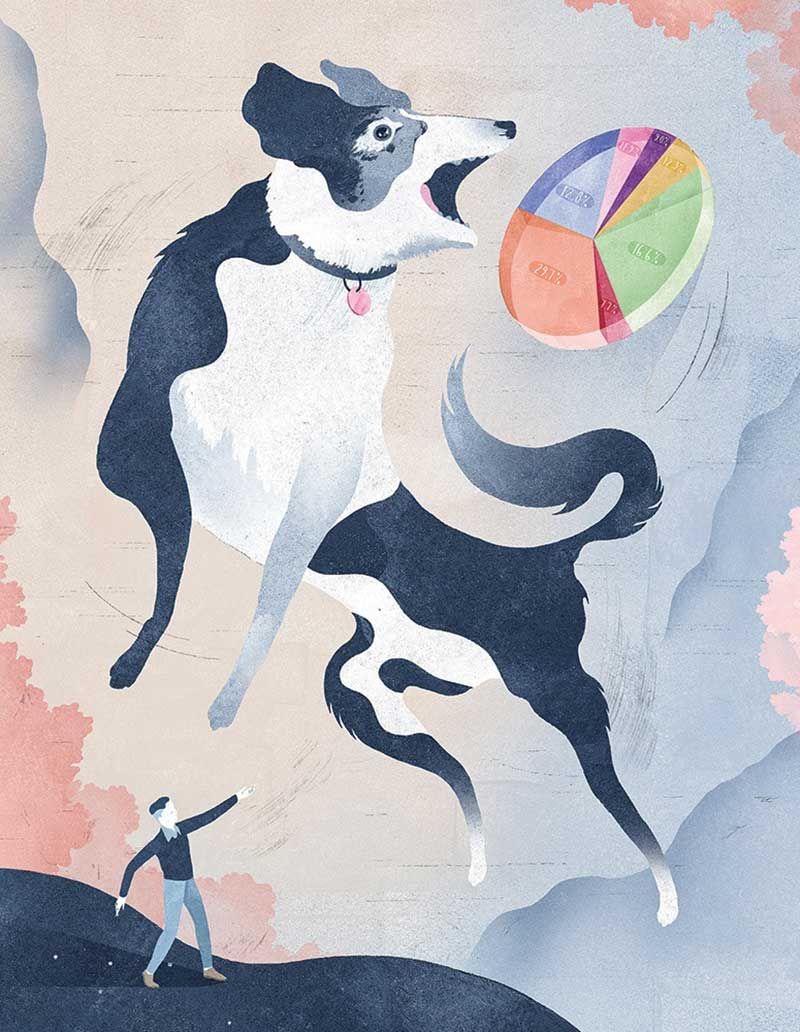
Making It All Add Up
Some shelters and rescues have no reliable tracking system. Fricke says that’s a big mistake. After all, you can’t tell your story or figure out how to target your programs if you don’t have good data.
There are a number of widely used software packages out there, but even robust programs such as PetPoint, Chameleon and Shelter Buddy aren’t worth much if staff aren’t on the same page about how to enter data and how animals are tracked.Jodi Lytle Buckman, senior director of community initiatives for the ASPCA, says she understands that given the already heavy burdens on shelter staff, it’s hard to prioritize data quality. “The first step to really fabulous data collection is to understand the power of the tool,” Buckman says. Not only can clear, accurate numbers show where an organization is today, they can also help shelters and rescues forecast the types of programs and services that will help them provide for people and animals in their community tomorrow.
“The second step is the logistics of it,” Buckman says. Shelters have to make accuracy and complete information a point of focus, and that means making sure all staff with data-entry responsibilities are well-trained and understand the importance of clean data. Otherwise, it’s garbage in, garbage out.
Fricke says it can be easy for staff to get confused when it comes to how to classify data. For example, hurried staff can take shortcuts like entering “not known” in the age category when processing an intake, intending to go back later and fill in the field. The problem is, the change is often never made, resulting in large numbers of animals with undocumented ages in the database. When report time comes, it’s tough to get a picture of what your biggest challenges are—unwanted litters, young adults with behavioral challenges or older animals who need veterinary assistance—because the age data just isn’t there.
“There’s nothing like a good walk-through and reconciliation of the numbers,” says Buckman. It’s not exactly anyone’s idea of fun (unless you’ve got a data-hound on your staff who loves to cuddle up with figures), but it’s also not nearly as daunting as it sounds. Keep beginning and end counts for data periods—such as by month or quarter—and make sure all of the animals who came in and went out are accounted for.

Data-ja Vu?
“We need national numbers!” It’s long been a battle cry of animal welfare organizations, and with good reason. Given the estimated $2 billion we’re spending on sheltering each year in this country, we should be able to point to real data that shows how we’re doing, says McFarland.
She and other animal welfare leaders have been the driving force behind Shelter Animals Count (SAC)—an initiative to develop a robust national database for shelter statistics.
There have been many previous efforts at national data collection, including the Asilomar Accords. Created in 2004 by a group of animal welfare industry leaders, Asilomar represented the field’s first real attempt to develop a uniform set of guiding principles, standardized definitions and a statistical tracking table to help shelters determine live-release rates.
While the effort was a big step forward (and an impetus to resolve a lot of the infighting that had taken place among organizations of differing philosophies), the field has continued to evolve, and SAC is taking things to the next level.
In the decade since Asilomar, much has changed. The National Federation of Humane Societies began work on a basic data matrix, with an eye toward helping shelters get better at collecting data. The ASPCA created a research and development department focused on data collection in conjunction with its partner communities. The HSUS launched its Pets for Life initiative to focus on community modeling and the elements outside shelters. Best Friends Animal Society became even more interested in generating a national perspective. And the Association of Shelter Veterinarians formed, launching new standards of care.PetSmart Charities hosted a series of discussions in which these groups, along with a variety of shelter leaders and other advisers, including Maddie’s Fund—many of whom worked on Asilomar—had frank discussions about the current state of animal welfare data. The result was SAC.
Buckman, who serves as board chair for SAC, says the database won’t negate Asilomar. Instead, it’s an evolution. “We looked carefully at the Asilomar Accords and decided that the added complexity of healthy/unhealthy, treatable/untreatable, etcetera … [was] really beyond what some organizations would be able to track effectively and efficiently,” says Buckman. Further, they realized that when it comes to incoming animals, the Asilomar system doesn’t differentiate between owner surrenders and strays—an important distinction.
In developing data categories, SAC decided to kiss complexity goodbye, following the old “Keep It Simple, Stupid” model. “We’re most interested in the status of the animal when it came in—stray or owner surrender; what is the species—dog or cat; what is the age, and there’s just two groups—adult or juvenile, and then we want to know the animal’s outcome,” Buckman says. She adds that all shelter software systems should be able to produce that data fairly readily.
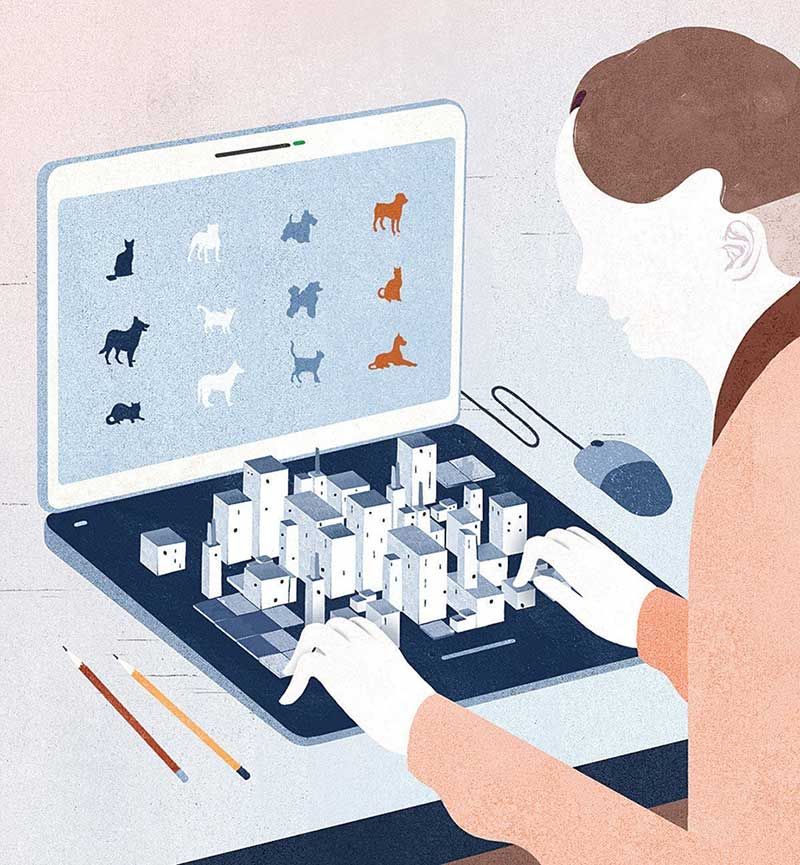
SAC expands the picture, including input not only from local shelters, but also from national organizations including the Society of Animal Welfare Administrators and the National Animal Care & Control Association. The database also makes it easier for shelters to evaluate their situations and compare their efforts to those of similarly sized and resourced organizations across the country.
“It’s important to realize that shelter data is only one part of the story,” says McFarland. “What we’re finding through Pets for Life is that some of those animals never make it to the shelter, or the shelter doesn’t go to some neighborhoods.” She says there are “hidden communities” that get overlooked in the classic data model, but that standard data collection remains critically important for every shelter.
Comparative data is a jewel in SAC’s crown, says Buckman. The database has been constructed in such a way that organizations will be able to compare their data to communities similar to their own. Additionally, they’ll be able to overlay data from the U.S. Census Bureau to generate customized reports using data visualization software.
Jan McHugh-Smith says the kind of statistics generated by SAC will give a more accurate picture of the true state of animal sheltering and rescue. The president and CEO of the Humane Society of the Pikes Peak Region, who also sits on the board of SAC, McHugh-Smith says that having all of the agencies in the Denver Metro Shelter Alliance agree to share individual data gave them a chance to see where the challenges were communitywide. SAC will help to take that several steps further, showing data by region, as well as nationally.
And SAC is seeking to make participation as simple as possible. For those organizations that agree to participate, the database eventually will be able to automatically pull data from the shelters’ software management systems directly into SAC. For those organizations that don’t use a software system, the SAC reporting form is short and to the point.
Currently, SAC is in the demo phase, with data posted from only a few communities, including Sacramento and Los Angeles, Calif., and Jacksonville, Fla. The next phase will entail uploading real-time data from those same partner communities to ensure that the data submission process is easy and seamless. After that, SAC will hold open enrollment for any organizations that want to participate.
Buckman says open enrollment likely will begin by the end of 2015, with the pace of adding new communities determined largely by how clean their data is, along with how quickly SAC can resolve any glitches it may encounter as more organizations participate.
Eventually, SAC would like to be able to provide resources and other assistance, like training on data collection, to organizations with the greatest need, such as those that don’t even have computers. Additionally, the initiative is looking to develop an auto-report function—for groups that elect it—that will send data to grant-making organizations.
McFarland and Buckman agree that a hallmark of SAC has been its relentless focus on data. What inspires them, though, is the team’s commitment to reaching decisions by consensus. “Even though it’s taken two years, every one of those groups that started out is still at the table,” says McFarland. And that’s something to be proud of.
It’s many organizations, one vision. With this kind of dogged determination, and if more communities get on board, it should only be a matter of time before we have a better understanding of the animal homelessness issue across the country, and can become even more effective in our work to end it.
And that’ll definitely be one in the “win” column for shelter animals.


